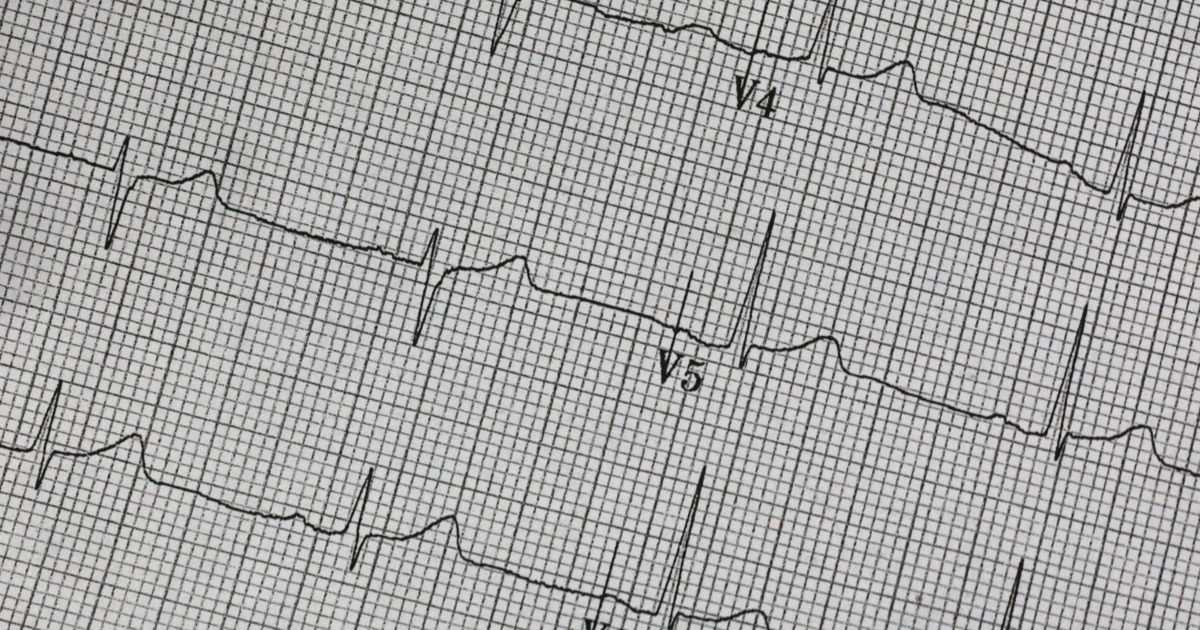Los modelos de Artificial Intelligence (AI), y el aprendizaje automático cuentan con el potencial de extraer y aprovechar la información en los datos clínicos de los pacientes para mejorar diagnósticos y resultados.
Los modelos de AI, especialmente aquellos basados en machine learning or machine learning, han mostrado un crecimiento acelerado en los últimos años, algunos de sus usos incluyen imágenes médicas, cardiología, cuidados intensivos, entre otros. No obstante, la adopción clínica de estas herramientas innovadoras es limitada, debido a las barreras en su implementación. Muchos modelos solo responden y funcionan a través de datos y entornos específicos, lo que hace más complicado su adopción generalizada.
Magazine npj Digital Medicine journal publicó el artículo “Mejora de la calidad de la inteligencia artificial clínica: hacia la monitorización y actualización continuas de los algoritmos de AI en la atención sanitaria”. Este artículo explica que la actualización de modelos de aprendizaje automáticos e AI, deben monitorearse y actualizarse de manera continua para que su seguridad y efectividad esté asegurada a largo plazo.
“Para llevar la AI a la madurez en la atención clínica, abogamos por la creación de unidades hospitalarias responsables del aseguramiento de la calidad y la mejora de estos algoritmos, a las que nos referimos como unidades “AI-QI”, explica el estudio.
El artículo detalla que este tipo de tecnologías son sensibles a los cambios en el entorno, lo que puede llevar a una disminución en su efectividad y rendimiento. De esta forma, es necesario desarrollar herramientas que mantengan la calidad clínica de las herramientas basadas en AI.

De esta forma el artículo explora consideraciones para elegir entre métodos que ya han sido aplicados y nuevos modelos innovadores que brinden nuevas soluciones a esta problemática.
“El objetivo del monitoreo de AI es dar la alarma cuando se presenta una variación por causas especiales y ayudar a los equipos a identificar las correcciones necesarias al modelo o al proceso de generación/recopilación de datos”, explica el estudio.
Los autores identifican diversas variables que pueden ser corregidas en un modelo, por ejemplo, cambios en la variable objetivo, es decir datos como media, varianza, tasa de faltantes, entre otros; cambios en las variables de entrada; o cambios en la relación entre variables de entrada y de destino.
Consulta el artículo completo en el siguiente enlace:







